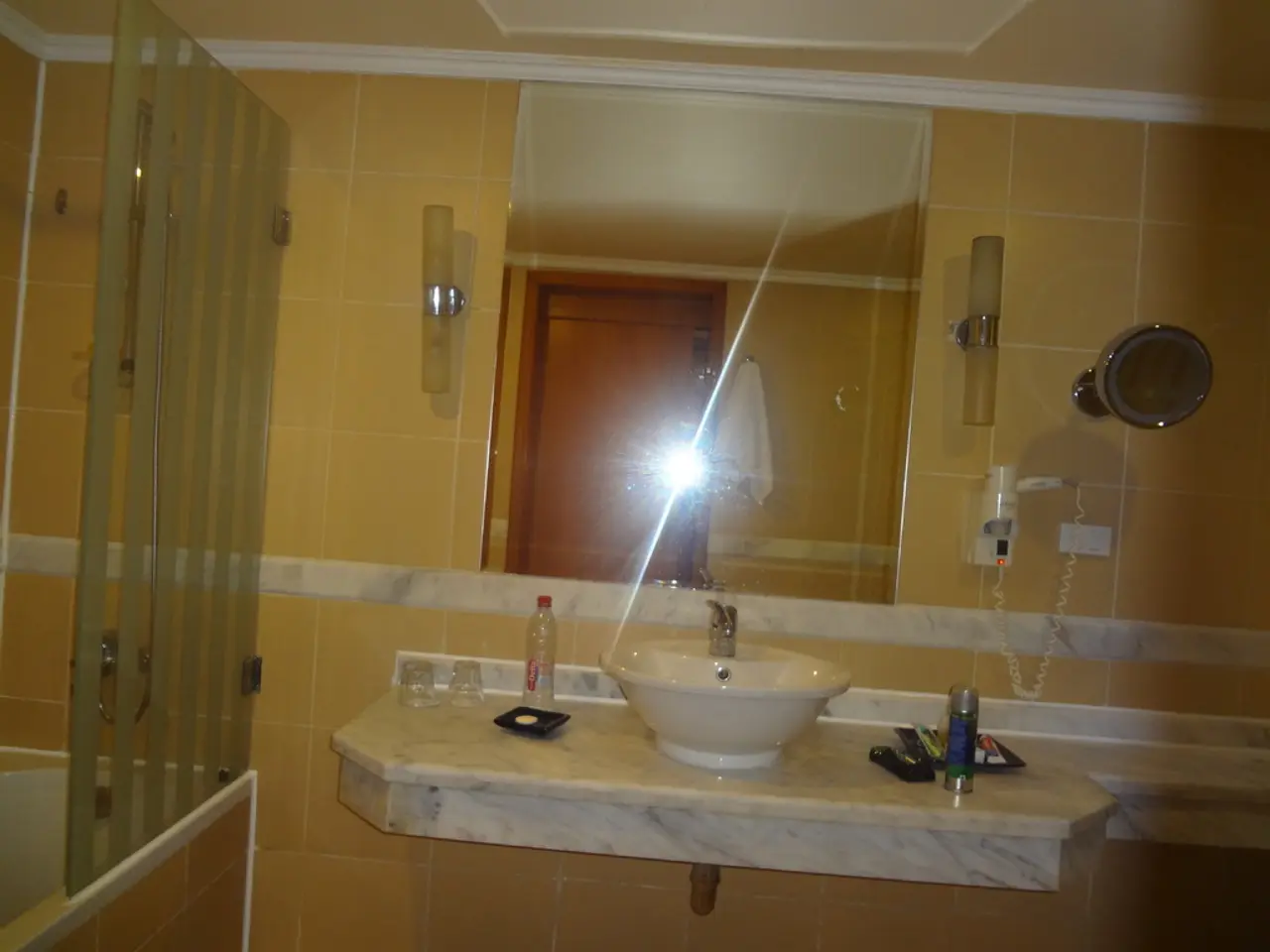Washing garments in the rain: strategies and guidelines
Managing Laundry During the Rainy Season: Top Tips and Tricks
The rainy season can pose challenges for laundry management, but with a few strategic adjustments, you can keep your clothes fresh, clean, and odour-free. Here are some tips to help you navigate these wet, humid months.
1. Prioritise Small Batches
Washing clothes in small batches is a key strategy for successful laundry management during the rainy season. This approach ensures that each load receives adequate attention and prevents overloading the washing machine, which can lead to inefficient cleaning and longer drying times.
2. Invest in a Good Dryer
Investing in a good dryer with high spin speed and capacity can save time and energy during the rainy season. Look for models with efficient heat settings and fast drying modes to help speed up the drying process and reduce moisture retention.
3. Avoid Mixing Wet and Dry Clothes
Mixing wet and dry clothes should be avoided to prevent the spread of unpleasant odours. Wet clothes can trap moisture and create a breeding ground for odour-causing bacteria and mildew.
4. Use Less Detergent and Add Vinegar or Disinfectant
To effectively wash clothes and prevent mold growth during the rainy season, use less detergent to avoid residue buildup that traps moisture. Instead, add white vinegar or a disinfectant like Dettol in the rinse cycle to kill odour-causing bacteria and mildew.
5. Dry Clothes Quickly
Dry clothes as soon as the wash cycle ends. Avoid letting damp laundry sit, which promotes mold growth on fabrics and inside the machine. If drying indoors during rainy weather, run a dehumidifier or air conditioner to reduce humidity around your drying area or place moisture absorbers like rock salt or silica gel nearby.
6. Dry Clothes in Direct Sunlight or a Well-Ventilated Area
Ideally, dry clothes in direct sunlight if possible, as sunlight naturally disinfects and helps prevent mold. If not feasible, hang them in a well-ventilated, dry area to encourage airflow and complete drying. After washing, leave the washing machine door/lid open to allow ventilation and wipe dry any wet seals, gaskets, or detergent dispensers to prevent mold inside the machine.
7. Regular Maintenance
Regularly clean and check your washer’s filter and seals to remove trapped debris and moisture, critical in front-loaders which are prone to mold. Additionally, promptly fixing plumbing leaks and controlling indoor humidity below 60% with HVAC maintenance or dehumidifiers can reduce mold risks indoors during humid rainy seasons.
8. Ironing and Organising Clothes
Ironing clothes can help maintain cleanliness and give them a pleasant smell. A large piece of fabric, like a sheet or a blanket, that takes a long time to dry can be ironed until it's completely dry. Organising clothes before washing, rather than throwing them into the hamper, can help prevent existing odours from worsening during the rainy season.
9. Choose the Right Detergent
Fast-drying, antibacterial detergents are ideal for use during the rainy season. Using a fabric softener with antibacterial properties can help keep clothes smelling fresh in the rainy season. Avoiding fabric softeners and ensuring air circulation while drying indoors can help prevent mold growth.
10. Drying Indoors
Drying clothes indoors during rainy weather can be achieved by securing a clothesline in a well-ventilated room or using a fan to speed up the drying process. Properly drying clothes is essential during the rainy season. Leaving at least a foot of space between each item of clothing when hanging them to dry is recommended.
By combining these steps—optimal detergent use, thorough water removal, quick drying with ventilation and humidity control, plus washer maintenance—you minimise conditions that foster mold and keep clothes fresh even in wet, humid weather.
Read also:
- Enhanced Email Security: The Emerging European Norm for Secure Communication Via Email
- Kid's Mattress from Brooklyn Bedding: Streamlined Dreamy Rest Solution
- Encouraging words should not be restricted.
- Tiny Abode Boasts Intelligent Layout, Spacious Living, and a Rustic Terrace within Limiteds Square Footage




